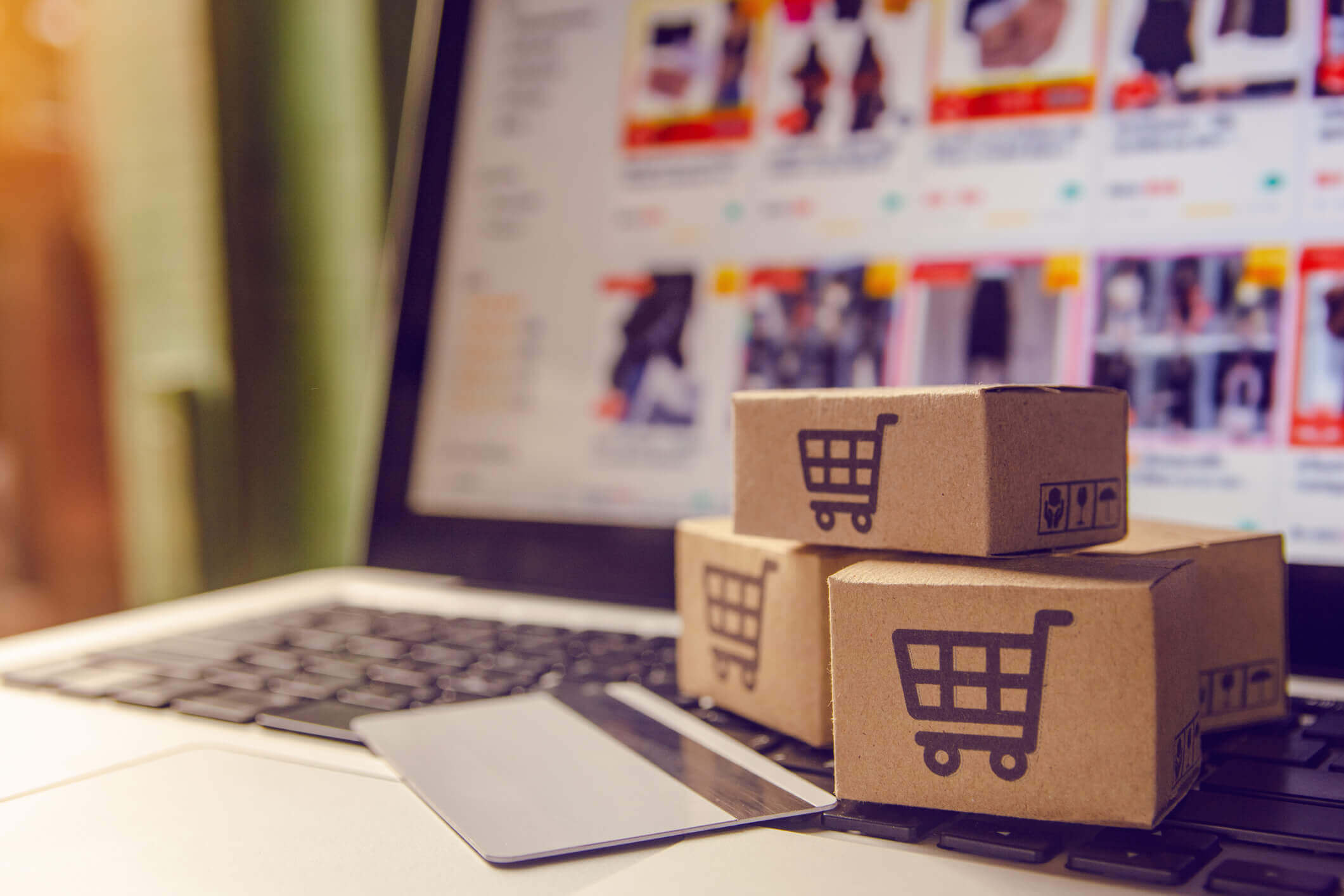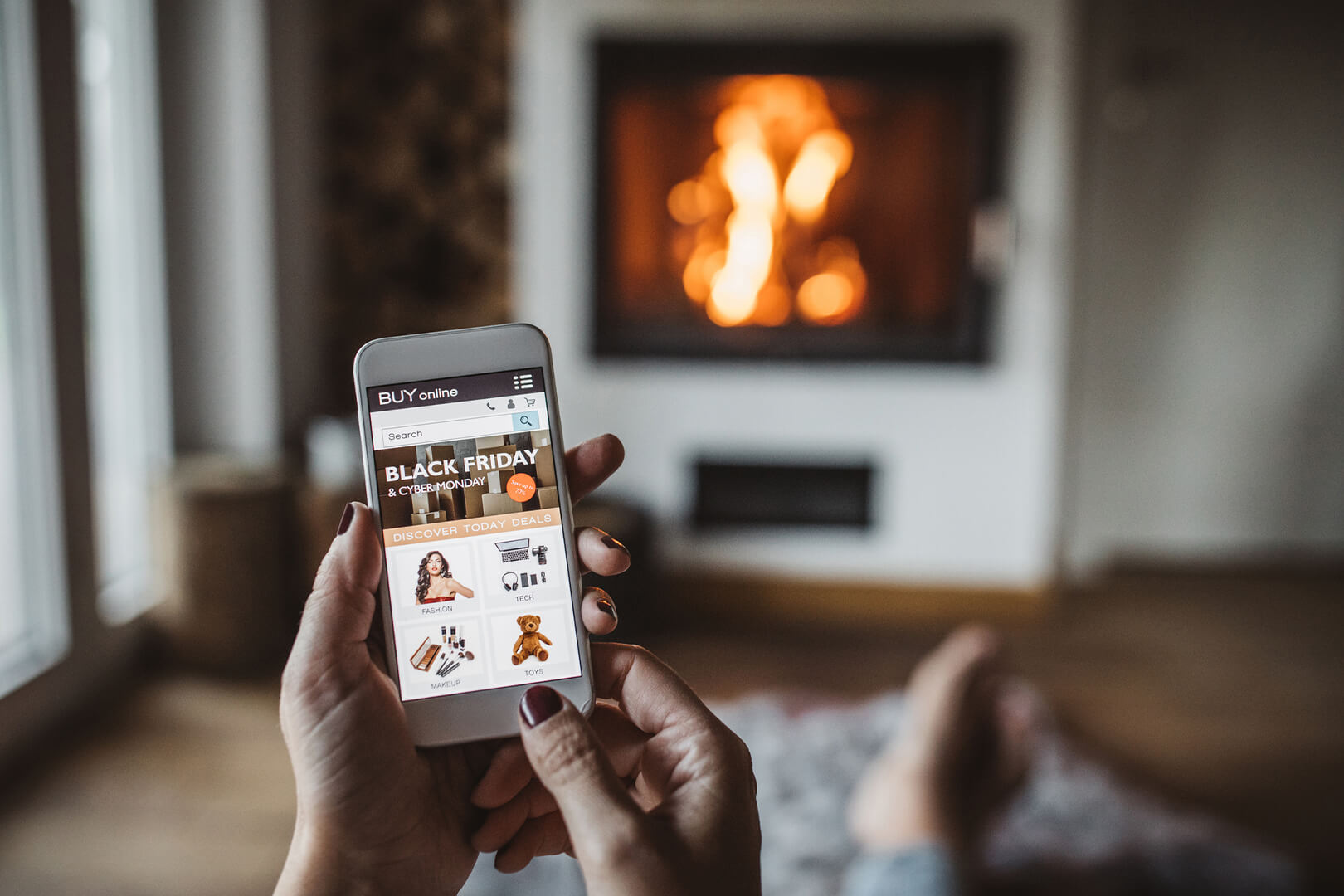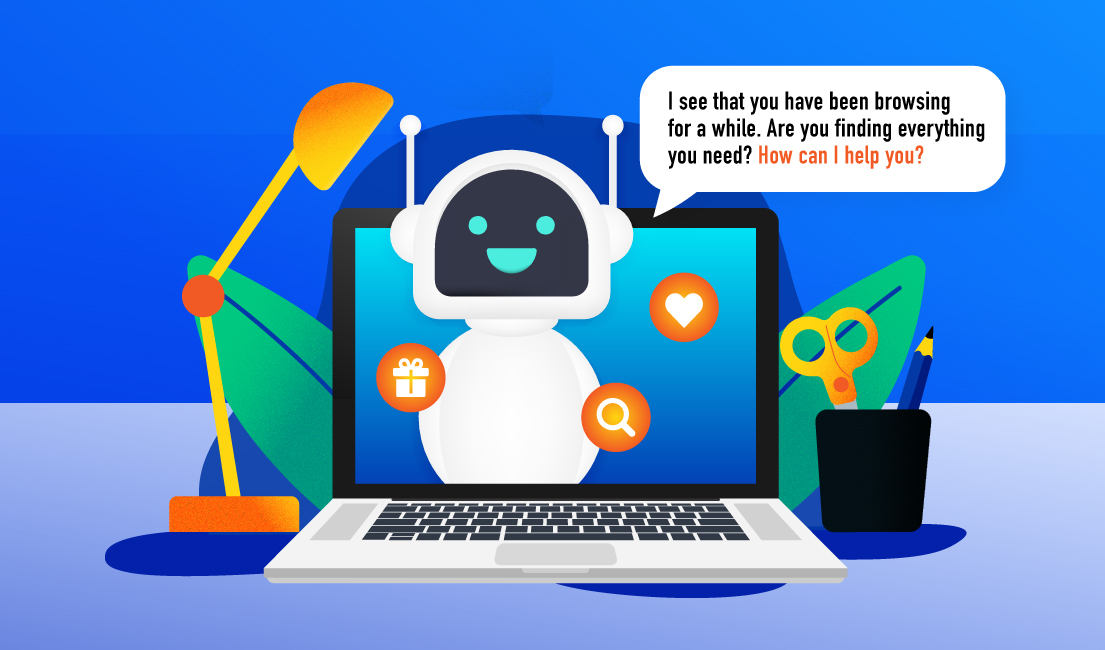6 min read
All customers are important to a business, but if you had to choose between retaining existing customers and acquiring new customers, which one would you choose?
This is a question that many businesses will have to face when resources are limited like during an economic downturn.
While a sustainable business requires both existing and new customers, retaining existing customers increases customer lifetime value and acquiring new customers grows customer base.
This blog post focuses on retaining existing customers and getting them to make repeat purchases. Why? Because repeat customers bring in a significant portion of the revenue.
Studies have shown that repeat customers can generate more than 40 percent of the revenue for a business, and increasing customer retention rates by 5 percent can lift profits by 25 to 95 percent.
What Is a Repeat Purchase?
Repeat purchases are purchases made by an existing customer. These customers have at least one previous purchase with your brand under their belt and have decided to make another purchase with you because of the pleasant customer experience they have had.
When something has worked, why change it?
Repeat customers have a different purchase journey different from that of first-time customers. In the case of e-commerce businesses, for example, repeat customers already know the e-commerce interface well, and they tend to go straight to the product they want to buy and check out.
New visitors, on the other hand, tend to take their time browsing the pages, exploring various products, and comparing prices.
How to Encourage Repeat Purchases and Retain Customers
According to Meta’s VP Alex Schultz, if 20 to 30 percent of your customers come back every month and make a repeat purchase from you, you will do pretty well. There is a good reason for this: a repeat customer is more likely to come back for more.
A study from Shopify found that when a customer returns for a second time, it will be 45 percent more likely for them to purchase again, and that percentage will jump to 56 percent when they return the fourth time.
So how can you inspire your customers to make that second, third and fourth purchase? Here are seven strategies to help you increase your average repeat purchase rate.
1. Continue to engage with targeted post-purchase messaging
One mistake that many brands sometimes make is ceasing to engage customers with targeted messaging once the purchase is done. Personalized post-purchase engagement can leave your customers a positive and lasting impression and keep your brand top of mind when they need to make a repurchase.
Our advice to make a repeat buyer out of someone is with engaging content. Keep customers engaged by helping them get the most out of their new purchase with useful information or relevant tips, such as a video of hair and make-up tutorials for customers who bought beauty products, or a blog post with parenting advice for someone who bought baby products.
You can use a marketing automation platform to deliver this content through email, in-app messages, push notification, and more, in real time.
2. Trigger action in real time
Studying unique customer behavior is important in understanding customers who are making repeat purchases.
When it comes to purchasing replenishable items, customers typically follow a somewhat fixed purchase frequency. For example, a customer may restock their pet food every month, or they may replace their toothbrush every three months.
Using real-time marketing automation, you can segment your customers based on these behaviors and send relevant reminders when it is time to restock. Such automation also makes it easy to re-engage those who added items to their cart without checking out. You could then send them a trigger message with a reminder to drive conversions, while excluding those who have completed checkout in the last 24 hours.
These well-timed reminders will come across as helpful instead of nagging, and they will make your repeat buyers loyal customers and drive up the repeat purchase rate.
3. Leverage transactional emails
Transactional emails are emails that contain information about an order, a shipping update, or a purchase confirmation. Because of the nature of their content, these emails enjoy an extremely high open rate, averaging at 80 to 85%. Their conversion rates have also been found to be much higher than that of bulk marketing emails.
Given this emailing insight, brands can take advantage of this type of emails and include relevant product recommendations to cross-sell. For example, an order confirmation for breakfast cereal can be a good place to recommend a popular chocolate milk to go with the cereal.
4. Increase share of wallet based on external interests
Repeat customers usually have a clear idea of what they want from you, and spend minimal time exploring other products on your site. This behavior allows you to understand what they are interested in on your site, but it does not take into account what other goods and services they might need. For instance, a shopper could choose you for groceries but purchase baby products from a different vendor.
This is where AI can help, by combining and analyzing first-party data to extrapolate and uncover each customer’s interests. This way, you can be more proactive in recommending baby products to a customer when they next visit your site, and thereby increase their share of wallet.
5. Incentivize a second purchase
Discounts, promos and coupons can be effective if used correctly. For first-time buyers, these incentives are a useful way of bringing them back for a second purchase. You can also leverage AI to identify customers who haven’t purchased in a while but are likely to return with incentives, and then re-engage with relevant offers to drive repeat purchases.
However, offering such perks too often could diminish revenue and create a negative impact on brand perception. So, make sure you have a solid promotional marketing strategy in place before blasting coupons out.
6. Consider loyalty programs
Another way of incentivizing repeat purchases is through loyalty programs. Discounts, early access to new products, gamified points system – these are all ways to get customers to develop brand loyalty and keep them coming back, especially for replenishable goods that customers constantly need to buy.
Loyalty programs can also serve as a channel for customers to provide customer feedback and let you know their levels of customer satisfaction. Brands can send out a customer survey to members of the loyalty program every half a year or every year to gauge what customers are feeling about them and make the appropriate changes to maintain or even boos the customer retention rate.
7. Deploy retargeting to increase conversions
Cart abandoners or customers who viewed your site without purchasing can be brought back through retargeting. The good thing about retargeting is that you can reach customers through ads even if they were viewing your website as a guest, without logging into an account. This is done through code snippets on your website which analyze their behavior and interests on your own channels, or through a customer list upload.
Machine learning can help you take this even further by identifying patterns in customers’ purchase histories to predict their future behavior, and see which potential customers are more likely to buy. So, you can prioritize accordingly.
In the early growth stages of your brand, it is natural for marketing to focus on customer acquisition. However, once you start securing those first customers, think of shifting your efforts gradually into encouraging repeat purchases. A good retention strategy powered by AI and data can help you keep your customers coming back and continuously generate repeat sales.
Want to learn more about how you can use AI martech solutions to improve customer engagement and drive repeat purchase? Get in touch with our team today for an exclusive consultation.



